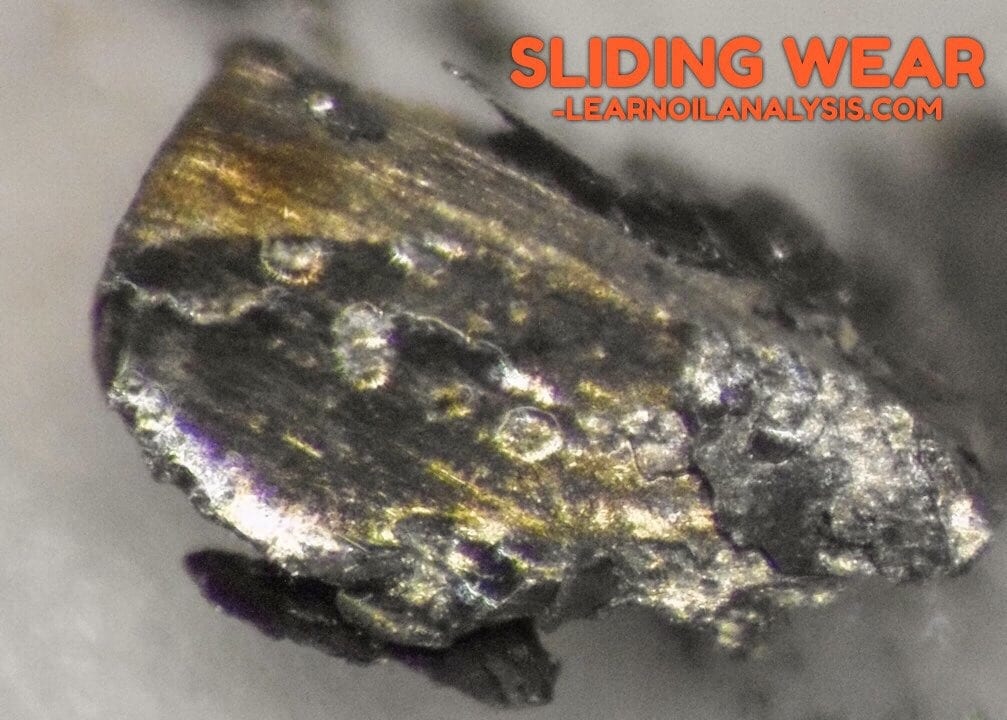Sliding wear is an important failure mechanism of machinery. All machinery wears, but when it occurs too much this is termed sliding wear. This article will give you a brief introduction to what happens when the lubricant film thickness is overwhelmed.

To explain what is abnormal wear, we need to explain normal wear first. No surface is perfectly smooth and when you look under the microscope the surfaces of machinery components show tiny imperfections called asperities. If you were to go to to the microscopic level and go sit on the surface of your brand new machine rather than a perfectly smooth surface your view would look a lot like below with these surface imperfections looking like mountain ranges jutting well above the lubricant film (the lake in this example). If you imagine these mountains then coming into contact with a mirror image in the sky there would likely be a lot of devastation and whole mountains would crushed, bent or broken. This is what happens when your machine first starts and is called running in wear and is the main cause of early life failures if this gets too high through e.g. manufacturing faults etc.

Eventually everything settles down as the wear particles are smoothed off by the moving surfaces and the lubricant film for the most part separates the surfaces. Under high load some of the larger asperities may slightly protrude but these are part of the boundary Lubrication also called the shear mix layer.

Boundary Lubrication is where the exposed surfaces of metal from the wear in process as above become coated by anti-wear aadditives, usually sulphur based ZDDP or EP additives. They form metal sulphides which on the Mohs scale iron (4) or steel (4.5) hardness is increased to approx 6 to 6.5. These metal sulphides as mentioned are a toughened coating that are the last line of defence if the lubricant film is breached. Hence for abnormal wear to occur by definition the boundary Lubrication later must be overcome. Interestingly enough it is only the wear particles generated from the normal rubbing that occurs between boundary layers that is detected by traditional oil analysis and it was not until the invention of the LubeWear method in 2018 that one lab was able to detect routinely and accurately these abnormal wear particles too. You can read more about this in a separate article on the subject. So boundary Lubrication wear is normal, but if it’s overcome that’s the problem, so this begs the question as to what overwhelms boundary Lubrication.
What causes the boundary layer of Lubrication to be overcome?
Simple – insufficient Lubrication! This may be caused by the oil being too thin or overheating causing it to go too thin. Equally, lubricant starvation from pumping issues, filter blockages or incorrect oil volumes and leaks can all lead to insufficient lubricant reaching where it needs to go. Equally overloading a system can also overwhelm the lubricant film too. That is why ensuring the right lubricant is in use for your machinery application is essential at keeping your machinery healthy. More importantly, ensuring it remains contamination free and in good health is the only way to get the best life possible from your machinery and lubricant.
If you would like to find out more about how to improve your machinery health why not contact us below to help you check your lubricant today.

